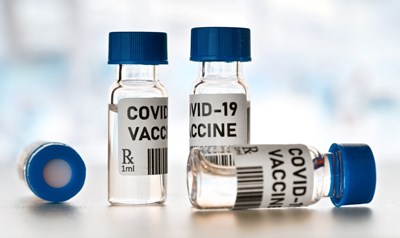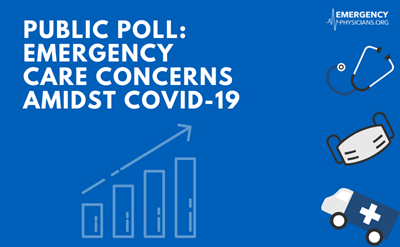During the peak of 2019's flu season, medical experts reported seeing the emergence of a new medical emergency trend. E-cigarette or vaping product use-associated lung injury or (EVALI) is notoriously difficult to detect as symptoms may resemble pneumonia, which may now be linked to a higher risk of COVID-19 in teens, and young adults.
According to a recent study published in the Journal of Adolescent Health, individuals who use e-cigarette products or those who smoked 30 days prior to the study were 4.7 times more likely to experience COVID-19 symptoms compared with those who never smoked or vaped. Additionally, of the participants tested for COVID-19, those who only used E-cigarettes were five times more likely to test positive for the virus. It is not yet clear is this increase is directly related to an EVALI diagnosis.
Last year the Center for Disease Control (CDC) activated its emergency operations center to coordinate the investigation into hundreds of cases of severe lung illnesses linked to e-cigarette use. As of February 18, 2020, a total of 2,807 hospitalized EVALI cases or deaths have been reported to CDC from all 50 states, the District of Columbia, and two U.S. territories (Puerto Rico and U.S. Virgin Islands), including 68 deaths.
Data confirms that vitamin E acetate, an additive in some THC-containing e-cigarette, or vaping, products, is closely associated with EVALI, an illness sending thousands of people to the hospital.
Anyone who has breathing problems after vaping, such as a dry, or unproductive, cough; shortness of breath, and chest pain that worsens with deep breathing, should report them to their doctor. CDC information about symptoms, research, and recommendations is frequently updated and available here.
An additional study found in Journal of the American College of Emergency Physicians (JACEP) Open has more details regarding the emergency treatment of EVALI.
The American College of Emergency Physicians supports a ban on smoking or vaping in public places. The association is also in favor of increasing taxes on tobacco and nicotine products, with the revenue generated used to fund prevention and cessation research and provide evidence-based interventions.
 American College of Emergency Physicians
American College of Emergency Physicians







